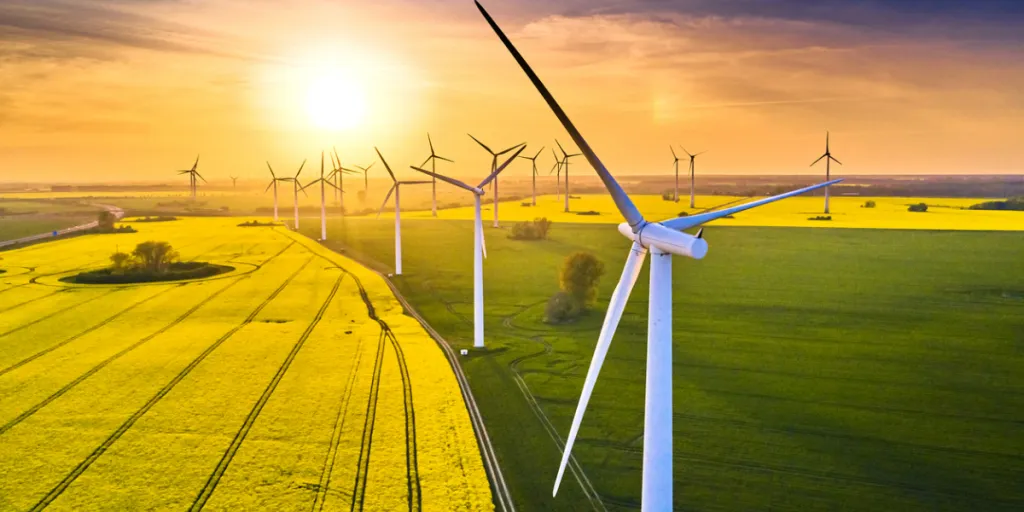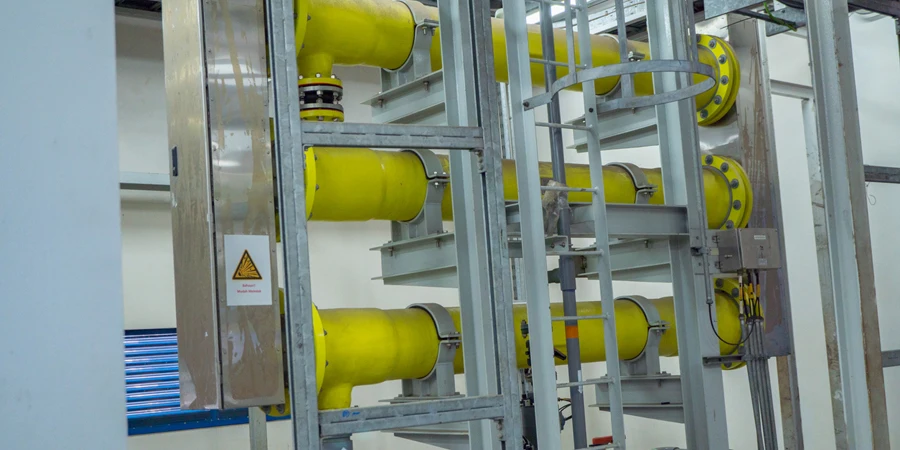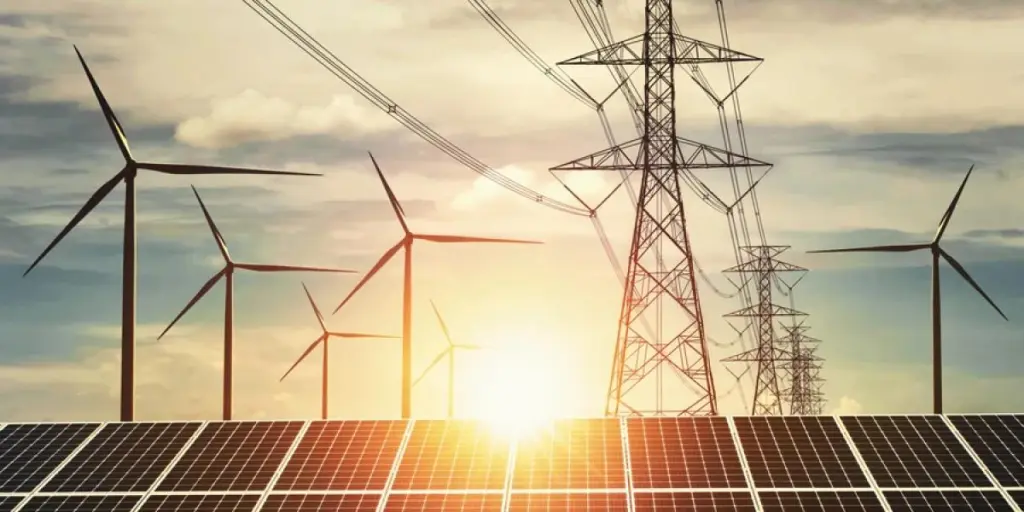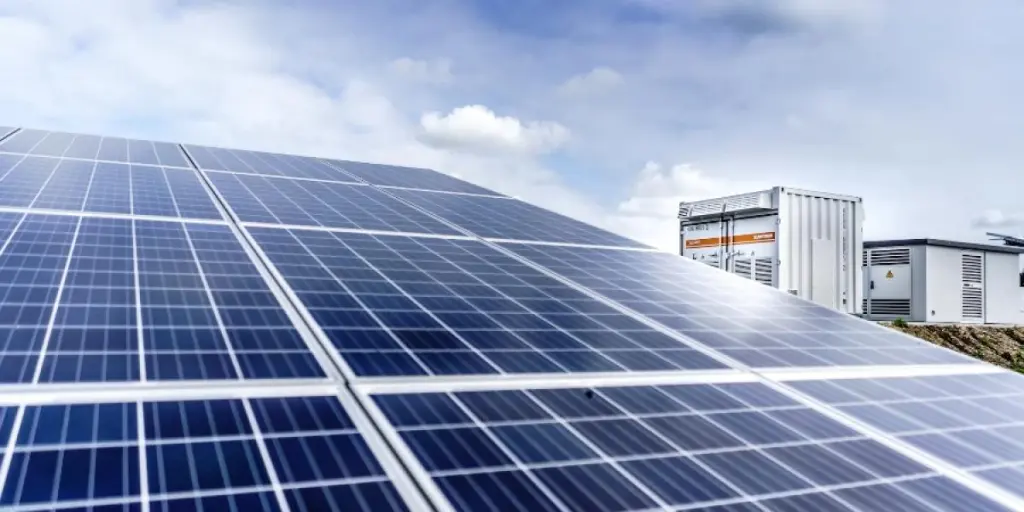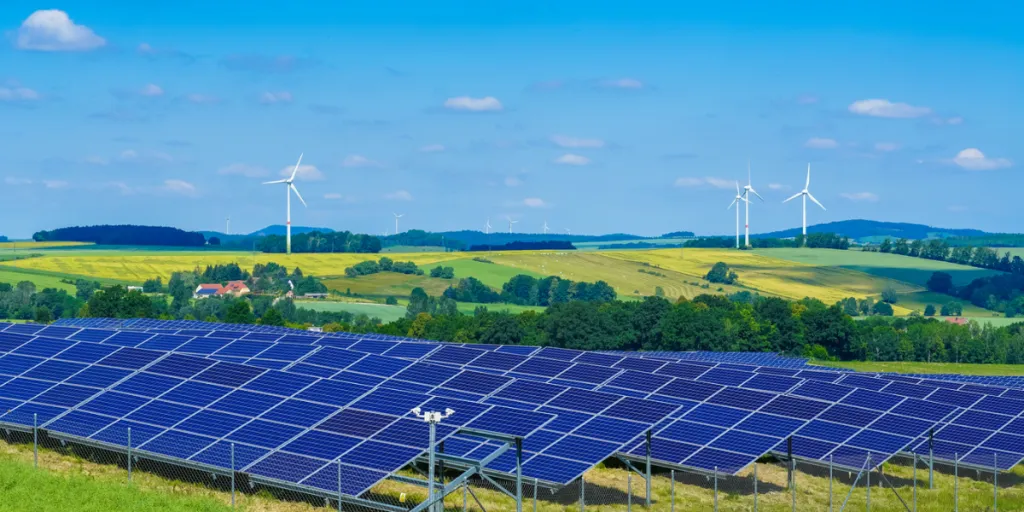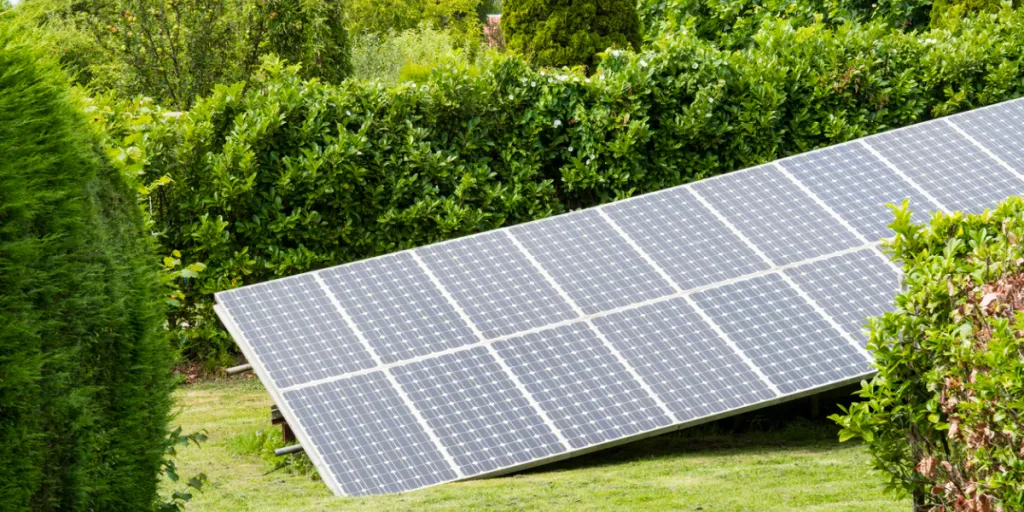- Fraunhofer ISE says Brazil, Colombia and Australia are the highly qualified candidates from where Germany can import green hydrogen and PtX products
- High potential for wind and solar energy in these countries along with low LCOE for renewable electricity were found to be the desirable factors
- Distance between production and use is not an exclusion criterion for ammonia, methanol, or kerosene due to their high energy density and established ship transport logistics
In a recent study, the Fraunhofer Institute for Solar Energy Systems ISE (Fraunhofer ISE) explores the best locations for Germany to import hydrogen and Power-to-X (PtX) products from, and found Brazil, Colombia and Australia as offering the best techno-commercial conditions, thanks to their high renewable energy potential.
With their high combined full load hours for solar and wind energy systems, the 3 nations were found to have particularly favorable parameters to ship green ammonia, methanol and kerosene to Germany in terms of their production, transport and supply costs for the year 2030.
The trio were picked out of 12 nations pre-selected by H2Global that commissioned the study to Fraunhofer ISE, along with Gesellschaft für Internationale Zusammenarbeit (GIZ).
The availability of advantageous wind and solar energy resources here were high among the techno-commercial parameters studied for all the nations along with low capital costs.
The low levelized cost of renewable electricity in the 3 nations—between €35/MWh and €47/MWh for solar PV and within €41/MWh and €55/MWh for wind energy—are listed as the main reason for the favorable PtX production cost.
Local production costs of gaseous green hydrogen in Brazil, Colombia and Australia were found to be between €95/MWh and €110/MWh.
Analysts believe shipping liquid hydrogen or ammonia to Germany via ships from these nations will end up costing between €171/MWh to €217/MWh for liquid hydrogen and between €171/MWh to €172/MWh for ammonia.
Germany will need both domestically produced and imported PtX energy carriers in at least the single-digit terawatt-hour range by 2030, according to Fraunhofer ISE. However, the realization of the initial large-scale projects in the corresponding nations needs to be initiated now for Germany to rely on PtX import volumes.
“According to our calculations for the 12 countries preselected by H2Global, the local production costs for gaseous green hydrogen are nowhere as low as in Brazil, Australia, or northern Colombia. In these countries, it costs between €96 and €108 to produce enough green hydrogen to deliver 1 MWh of energy, to produce 1 MWh of green hydrogen, which works out to around €3.20/kg to €3.60/kg,” explained the Lead Author of the study, Dr. Christoph Hank.
A large distance between production and use is not an exclusion criterion for ammonia, methanol, or kerosene due to their high energy density and established ship transport logistics, according to the study.
Further cost reductions can be expected in the future for renewable energy and hydrogen electrolysis in the future, which will eventually bring down costs for the production and imports of PtX.
Other nations in the MENA region as Morocco, Algeria and Tunisia were also found to offer above-average conditions for wind and PV electricity generation and PtX production.
Source from Taiyang News
The information set forth above is provided by Taiyang News independently of Alibaba.com. Alibaba.com makes no representation and warranties as to the quality and reliability of the seller and products.
